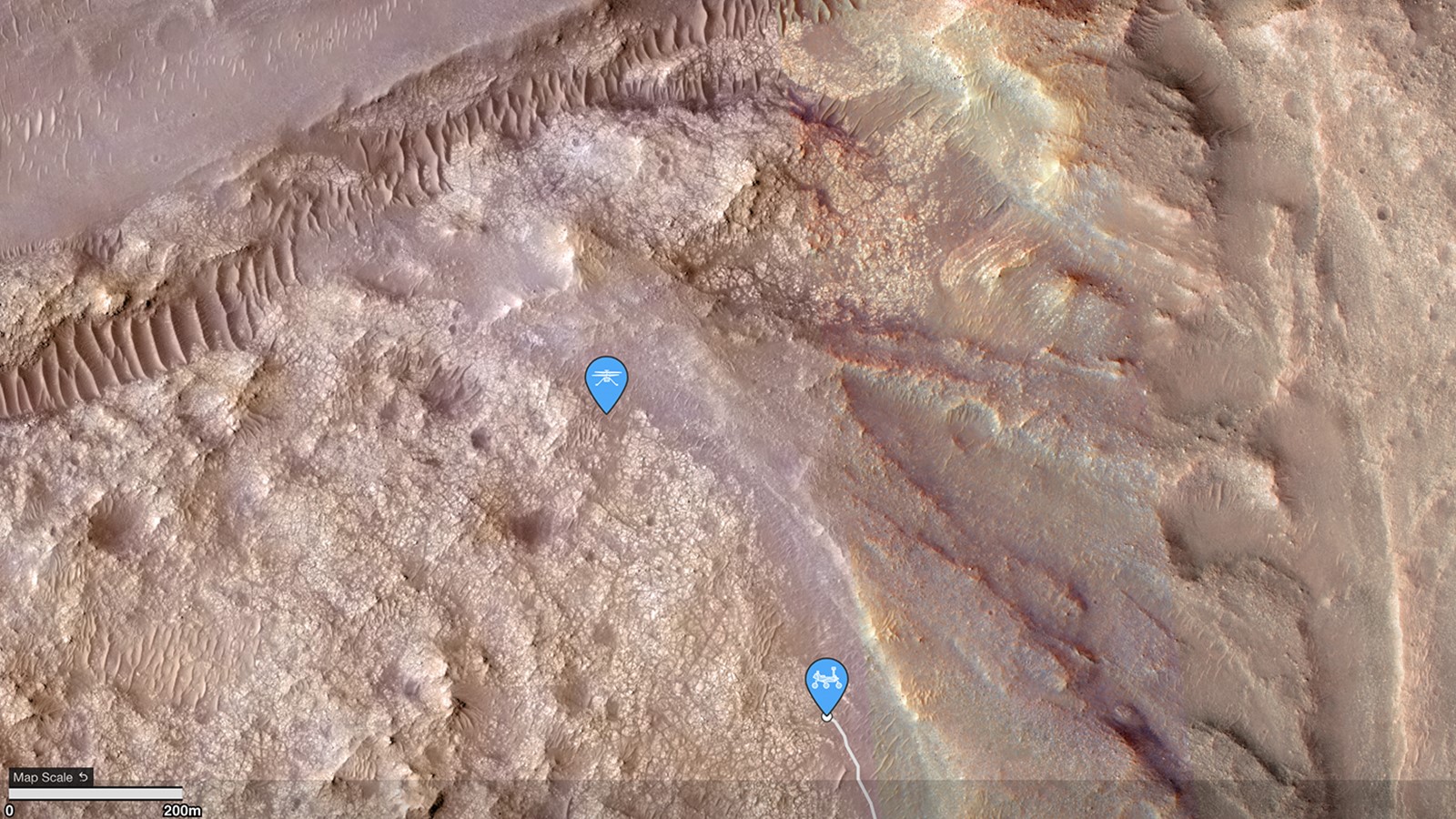NASA's Perseverance Mars rover is on the move! Here's what it will do at 'Jurabi Point.'
The rolling NASA robot will soon head to "Jurabi Point," where Perseverance may get another chance to sample a Martian boulder.

NASA's Perseverance rover will soon head to its next destination on Mars: a geological junction called Jurabi Point, where it may get another crack at drilling a Martian boulder.
The primary mission of Perseverance is to search for possible indications that life once existed around this area, which was once replete with water.
As part of this endeavor, the rolling robot is headed to a three-way junction called Jurabi Point, where boulder-rich geology meets sedimentary rock and margin rock. This was an area of great interest for researchers even before Perseverance touched down on the Martian surface in February 2021, Athanasios Klidaras, a planetary researcher at Purdue University and a Perseverance team member, wrote in a NASA blog post. Examining the intersection of these three geological features could help scientists determine the features' relative ages, Klidaras explained.
Related: Fly over Perseverance rover's Mars stomping grounds in new video
Additionally, when it arrives at Jurabi Point, Perseverance may get another chance to drill free a sample of a Martian boulder. Although the rover successfully gathered several samples from softer rock, Perseverance's last attempt to crack a hard boulder — the "Dragon's Egg," at the Lost Lake region of Jezero — was unsuccessful.
Perseverance's stop at Jurabi Point is part of the Margin Campaign, which kicked off in September when the rover arrived at a geological feature called the Mandu Wall after an arduous 1,150-foot (350 meters) journey through a hazardous boulder field.
The aim of the Margin Campaign is to explore the outer edge of Jezero crater, examining the carbonate material there to see how these rocks formed, how they have changed and if they contain biosignatures that could indicate Mars once supported life in this region, which was an overflowing lake around 4 billion years ago. This is the fourth section of the Mars 2020 mission, of which the Perseverance rover is a crucial element, and is set to last around eight Earth months (around 230 Martian days).
Get the Space.com Newsletter
Breaking space news, the latest updates on rocket launches, skywatching events and more!
Before Perseverance heads to this Martian geological junction, it will complete an investigation of curved rocks at its current location. Perseverance is currently imaging these rocks with its Mastcam-Z camera. Using its remote science instruments, such as SuperCam, the rover is also examining the weathering of the sedimentary rock in this region.
After its trip to Jurabi Point, Perseverance will head west, climbing uphill in Jezero, observing how the margin rocks change as altitude increases. Then, the Margin Campaign will culminate with a visit to the ancient river channel Neretva Vallis, where the rover will examine the light-hued rocks in the channel wall.
Join our Space Forums to keep talking space on the latest missions, night sky and more! And if you have a news tip, correction or comment, let us know at: community@space.com.

Robert Lea is a science journalist in the U.K. whose articles have been published in Physics World, New Scientist, Astronomy Magazine, All About Space, Newsweek and ZME Science. He also writes about science communication for Elsevier and the European Journal of Physics. Rob holds a bachelor of science degree in physics and astronomy from the U.K.’s Open University. Follow him on Twitter @sciencef1rst.









